Home>Articles>What Kind Of Adhesive To Use For Peel-And-Stick Tiles
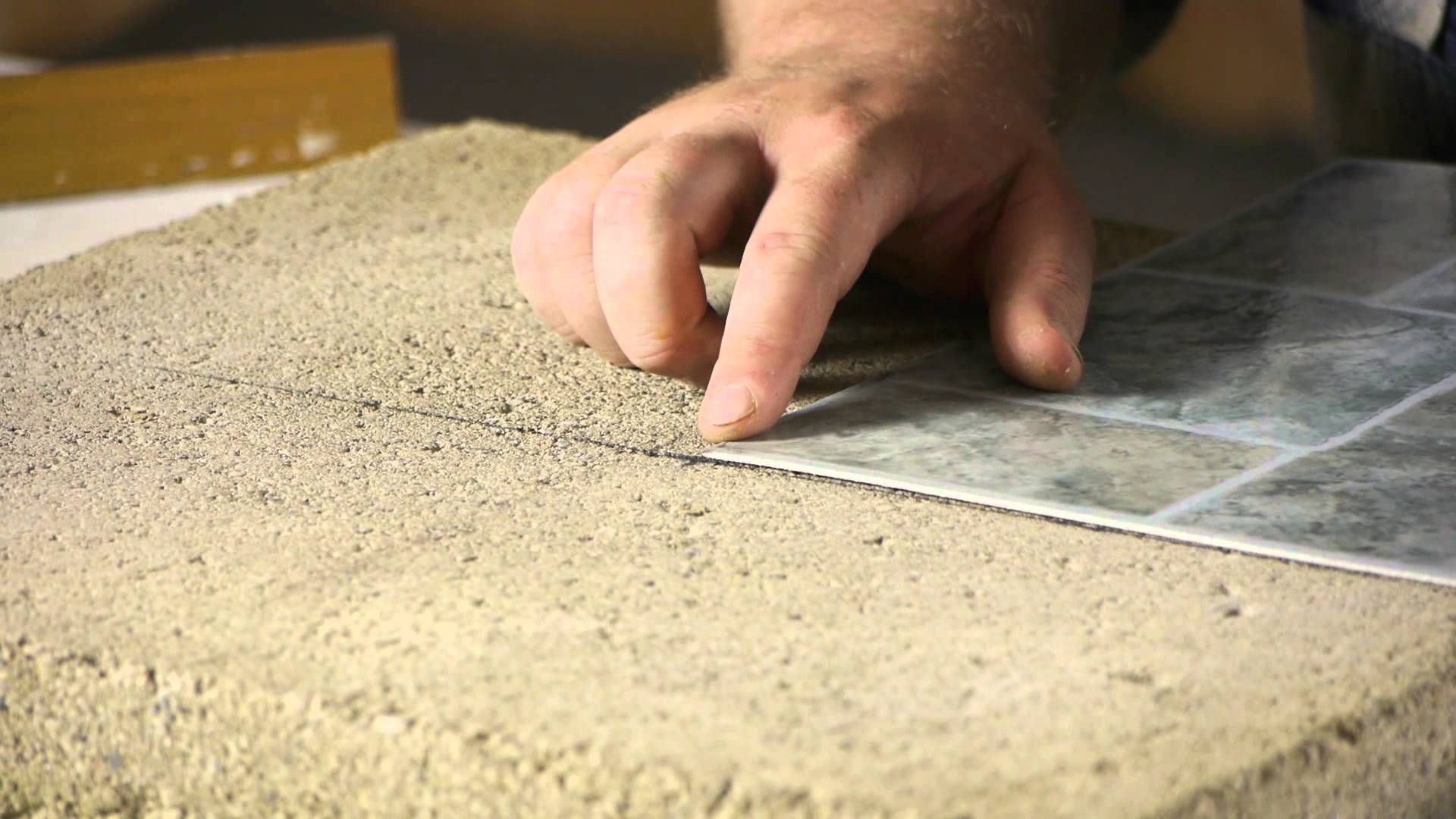

Articles
What Kind Of Adhesive To Use For Peel-And-Stick Tiles
Modified: December 7, 2023
Looking for articles about what kind of adhesive to use for peel and stick tile? Discover the best adhesives for hassle-free installation in our comprehensive guide.
(Many of the links in this article redirect to a specific reviewed product. Your purchase of these products through affiliate links helps to generate commission for Storables.com, at no extra cost. Learn more)
Introduction
Peel and stick tiles have become an increasingly popular choice for homeowners and DIY enthusiasts looking to update their floors or walls. These tiles offer a convenient and cost-effective solution, as they are easy to install and require minimal preparation. However, to ensure a successful installation and long-lasting results, it is crucial to use the right adhesive for peel and stick tiles.
Choosing the correct adhesive is essential because it determines the durability, adhesion, and overall performance of the tiles. The wrong adhesive can result in tiles that won’t stick properly, lift over time, or fail to withstand the demands of daily wear and tear. By selecting the appropriate adhesive, you can ensure a seamless and professional-looking installation that will stand the test of time.
In this article, we will explore the different types of adhesives available for peel and stick tiles, and provide you with essential tips for selecting and applying the right adhesive for your project. So, let’s dive in and discover the adhesive options that will help you achieve stunning and long-lasting results with your peel and stick tiles!
Key Takeaways:
- Choose the right adhesive for peel and stick tiles to ensure proper adhesion, durability, and a professional finish. Consider factors like tile material, surface preparation, and curing time for optimal results.
- Whether using pre-applied adhesive, peel and stick adhesive sheets, tile adhesive mats, or traditional tile adhesive, follow manufacturer’s instructions and proper installation techniques for a successful and long-lasting peel and stick tile installation.
Read more: What Is Peel And Stick Tile
Understanding Peel and Stick Tiles
Peel and stick tiles, also known as self-adhesive tiles or stick-on tiles, are a popular alternative to traditional tile installations. These tiles are typically made of vinyl or other resilient materials and come with a pre-applied adhesive backing.
What sets peel and stick tiles apart is their ease of installation. Unlike traditional tiles that require the use of mortar or grout, peel and stick tiles can be installed directly onto clean, smooth surfaces. The adhesive backing allows the tiles to stick firmly to the substrate without the need for additional adhesives or tools.
Peel and stick tiles are versatile and can be used in various applications, including kitchen backsplashes, bathroom walls, and even flooring. They come in a wide range of colors, patterns, and designs, giving you the freedom to create a unique and personalized look to suit your style and decor.
These tiles are not only aesthetically pleasing but also offer practical benefits. They are water-resistant, making them suitable for wet areas such as bathrooms and kitchens. Additionally, peel and stick tiles are relatively low maintenance, as they can be easily cleaned with a damp cloth or mop.
It’s important to note that while peel and stick tiles are a convenient option, they may not be suitable for every situation. Uneven or damaged surfaces may affect the adhesion and longevity of the tiles. It’s crucial to properly prepare the substrate before installing peel and stick tiles to ensure a smooth and successful application.
Now that we have a better understanding of peel and stick tiles, let’s explore why using the right adhesive is crucial for a successful installation.
Importance of Using the Right Adhesive
Using the right adhesive is vital when it comes to installing peel and stick tiles. The adhesive serves as the foundation for the tiles, ensuring they stay firmly in place and withstand daily wear and tear. Here are a few key reasons why using the right adhesive is crucial:
- Proper adhesion: The right adhesive ensures that the peel and stick tiles adhere securely to the substrate, preventing them from lifting or coming loose over time. Proper adhesion is crucial for maintaining the integrity of the installation and preventing potential tripping hazards.
- Durability: Peel and stick tiles with the right adhesive will have better durability and longevity. The adhesive should be able to withstand the specific conditions of the installation area, such as moisture, heat, or foot traffic. Using a low-quality adhesive or one that is not suitable for the specific application can result in tiles that fail to hold up over time.
- Easy removal: While peel and stick tiles are relatively easy to install, they should also be easy to remove if needed. The right adhesive allows for easy removal without damaging the substrate or leaving behind sticky residue.
- Professional finish: Using the right adhesive ensures a professional-looking finish for your peel and stick tile installation. The adhesive should provide a smooth and seamless bond between the tiles and the surface, creating a cohesive and visually appealing result.
- Preventing issues: Using the wrong adhesive can lead to various issues, including tiles that won’t stick properly, unevenly installed tiles, or tiles that lift and curl at the edges. These issues not only compromise the aesthetics but also pose potential safety hazards.
It’s worth noting that different types of peel and stick tiles may have different adhesive requirements. Therefore, it is essential to understand the specific needs of the tiles you have chosen and choose an adhesive that is compatible with them. Now that we understand the importance of using the right adhesive, let’s explore the factors to consider when choosing an adhesive for peel and stick tiles.
Factors to Consider when Choosing an Adhesive
Choosing the right adhesive for your peel and stick tiles is crucial for a successful installation. Here are some key factors to consider when selecting an adhesive:
- Tile Material: Consider the material of the peel and stick tiles you are using. Different adhesives work best with specific tile materials. For example, vinyl tiles typically require an adhesive specifically designed for vinyl flooring, while ceramic tiles may require a different type of adhesive.
- Surface Preparation: Take into account the condition of the surface where you will be applying the tiles. If the surface is smooth and clean, a general-purpose adhesive may suffice. However, if the surface is uneven or porous, you may need an adhesive that provides better filling and bonding capabilities.
- Installation Area: Consider the specific area where you will be installing the peel and stick tiles. If it’s a high-moisture area like a bathroom or kitchen backsplash, choose an adhesive that is water-resistant or specifically designed for wet areas. For flooring applications, consider an adhesive that can withstand heavy foot traffic.
- Curing Time: Adhesives have different curing times, which refers to the time it takes for the adhesive to fully bond and reach its maximum strength. Consider the desired installation timeline and choose an adhesive that aligns with your project’s schedule.
- VOC Content: Volatile Organic Compounds (VOCs) are chemicals emitted by certain adhesives that can have negative health effects and contribute to air pollution. If you are concerned about indoor air quality, look for adhesives with low VOC content or that are labeled as being environmentally friendly.
- Manufacturer Recommendations: Always check the manufacturer’s recommendations for the specific peel and stick tiles you are using. They may provide specific guidelines and requirements for the adhesive, ensuring optimal performance and longevity for your installation.
By considering these factors, you can choose an adhesive that is well-suited to your peel and stick tile project, ensuring a secure and long-lasting installation. In the next section, we will explore the different types of adhesive options available for peel and stick tiles.
Types of Adhesive for Peel and Stick Tiles
When it comes to adhesive options for peel and stick tiles, there are several choices available. Each type of adhesive has its own characteristics, benefits, and considerations. Here are four common types of adhesive for peel and stick tiles:
- Pre-applied Adhesive: Some peel and stick tiles come with a pre-applied adhesive backing. This adhesive is already attached to the tiles, making installation quick and easy. These tiles are ready to be peeled off and stuck directly onto a clean and smooth surface. Pre-applied adhesive is convenient and eliminates the need for additional adhesives.
- Peel and Stick Adhesive Sheets: Peel and stick adhesive sheets are a popular option for those who want more control over the adhesive application process. These sheets are typically sold separately and can be cut to fit the size of the tiles. The adhesive sheets are then peeled and attached to the back of the tiles before installation. This allows for a stronger and more customizable bond between the tiles and the surface.
- Tile Adhesive Mat: Tile adhesive mats are another option for peel and stick tile installation. These mats are double-sided adhesive sheets that are applied to the substrate before installing the tiles. The back of each tile is then pressed onto the adhesive mat, creating a secure bond. Tile adhesive mats provide excellent adhesion and are known for their ease of use and mess-free installation.
- Traditional Tile Adhesive: In certain cases, traditional tile adhesives, such as thinset mortar or mastic, can be used for peel and stick tile installations. However, it’s important to ensure compatibility between the adhesive and the specific peel and stick tiles you are using. Traditional adhesives may require additional steps, such as mixing and spreading, but they can provide a strong and durable bond.
It’s crucial to read the manufacturer’s instructions and recommendations for your specific peel and stick tiles. They will typically provide guidance on the type of adhesive that works best with their product. By selecting the appropriate adhesive, you can ensure a successful and long-lasting installation.
Now that we have explored the types of adhesive available for peel and stick tiles, let’s move on to some tips for applying adhesive to ensure a smooth and successful installation.
Read more: How To Get Peel And Stick Tile To Stick
Pre-applied Adhesive
Pre-applied adhesive is one of the common types of adhesive used for peel and stick tiles. This adhesive is already attached to the back of the tiles, making installation quick and convenient. Here are some key points to consider when using pre-applied adhesive for your peel and stick tiles:
- Surface Preparation: Before applying the tiles with pre-applied adhesive, it is important to ensure that the surface is clean, smooth, and free from any debris or dust. A clean surface will allow the adhesive to bond effectively with the substrate, ensuring a secure installation.
- Proper Alignment: Peel and stick tiles with pre-applied adhesive require precise alignment during installation. Measure and mark the area where the tiles will be placed, and use a straight edge or level to ensure that the tiles are applied in a straight and even manner. This will prevent any misalignment or uneven gaps between the tiles.
- Peeling and Sticking: Peel off the backing from the pre-applied adhesive on the back of the tiles, and carefully position the tiles onto the prepared surface. Start in one corner and gradually press down the tiles, smoothing them out to ensure proper adhesion. Use a rubber or vinyl floor roller to apply even pressure and remove any air bubbles for a secure bond.
- Finishing Touches: Once all the tiles are installed, wipe down the surface with a clean cloth to remove any residue or adhesive that may have seeped out from the edges. Allow the adhesive to fully cure according to the manufacturer’s instructions before subjecting it to heavy foot traffic or cleaning.
Using peel and stick tiles with pre-applied adhesive offers a convenient and time-saving installation process. However, it is still crucial to ensure proper surface preparation and precise placement to achieve a professional-looking result. Always follow the manufacturer’s instructions for your specific tiles to ensure optimal performance.
Now that we’ve covered pre-applied adhesive, let’s explore another type of adhesive commonly used with peel and stick tiles: peel and stick adhesive sheets.
Make sure to use a high-quality, pressure-sensitive adhesive specifically designed for peel and stick tiles. This will ensure a strong and long-lasting bond to the surface.
Peel and Stick Adhesive Sheets
Peel and stick adhesive sheets are a popular option for those who want more control and customization when installing peel and stick tiles. These adhesive sheets are sold separately and can be cut to fit the size of the tiles, allowing for a stronger and more precise bond. Here are some key points to consider when using peel and stick adhesive sheets for your peel and stick tiles:
- Cutting the Sheets: Measure and cut the peel and stick adhesive sheets to match the size of the tiles. Use a sharp utility knife or scissors to ensure clean and accurate cuts. It’s important to cut the adhesive sheets slightly smaller than the tiles to avoid any overlap or excess adhesive.
- Surface Preparation: Just like with other adhesive options, proper surface preparation is essential when using peel and stick adhesive sheets. Clean the surface thoroughly, ensuring it is free from dirt, dust, and debris. A clean and smooth surface will allow the adhesive to bond effectively with the substrate.
- Peeling and Sticking: Peel off the backing from the adhesive sheets and carefully apply them to the back of the tiles. Firmly press the adhesive sheets onto the tiles, ensuring a secure bond. The adhesive sheets should cover the entire back surface of each tile for maximum adhesion.
- Installing the Tiles: Once the adhesive sheets are applied to the tiles, position the tiles onto the prepared surface. Starting from one corner, press down each tile firmly, ensuring proper alignment and adhesion. Use a rubber or vinyl floor roller to eliminate any air bubbles and achieve a smooth and secure bond.
- Finishing Touches: After all the tiles are installed, wipe down the surface with a clean cloth to remove any adhesive residue or excess material. Allow the tiles to fully set and cure, following the manufacturer’s instructions, before subjecting them to heavy traffic or cleaning.
Using peel and stick adhesive sheets offers greater control and customization during the installation process. It allows for a stronger bond and a more precise fit for your peel and stick tiles. As always, make sure to read and follow the manufacturer’s instructions for optimal results.
Now that we’ve explored peel and stick adhesive sheets, let’s move on to another type of adhesive: tile adhesive mats.
Tile Adhesive Mat
Tile adhesive mats provide a hassle-free and mess-free solution for installing peel and stick tiles. These double-sided adhesive sheets are applied to the substrate before installing the tiles, creating a secure bond between the tiles and the surface. Tile adhesive mats offer several benefits and considerations when using them for your peel and stick tile installation:
- Surface Preparation: Before applying the tile adhesive mat, ensure that the surface is clean, smooth, and free from any debris or dust. A clean surface will allow the adhesive to bond effectively with the substrate, ensuring a secure installation.
- Positioning the Mats: Cut the tile adhesive mats to match the size of the area where you will be installing the tiles. Remove the backing of the adhesive mat and carefully place it onto the prepared surface. Press down firmly to ensure proper adhesion and eliminate any air bubbles.
- Installing the Tiles: Once the adhesive mat is in place, peel off the backing from the top of the mat. Position the tiles onto the adhesive, starting from one corner and working your way across the installation area. Press down firmly on each tile, ensuring they are aligned and securely bonded to the adhesive mat.
- Seamless Installation: Tile adhesive mats allow for a seamless installation, as they can accommodate slight movements and adjustments during the placement of the tiles. This ensures a professional-looking finish with even spacing and a cohesive appearance.
- Curing Time: It’s important to allow the adhesive to fully cure according to the manufacturer’s instructions before subjecting it to heavy foot traffic or cleaning. This ensures that the tiles are securely bonded to the adhesive mat for long-lasting durability.
Using tile adhesive mats for peel and stick tile installations provides a convenient and mess-free alternative to other adhesive options. They offer excellent adhesion and allow for easy adjustment and alignment during the installation process. As always, follow the manufacturer’s instructions for the best results with your specific tile adhesive mat.
Now that we’ve covered tile adhesive mats, let’s move on to another type of adhesive commonly used for peel and stick tiles: traditional tile adhesive.
Traditional Tile Adhesive
While peel and stick tiles typically come with their own adhesive options, in some cases, traditional tile adhesives can also be used for peel and stick tile installations. Traditional tile adhesives like thinset mortar or mastic offer a strong and durable bond. Here are some important considerations when using traditional tile adhesive for your peel and stick tiles:
- Compatibility: Make sure that the traditional tile adhesive you choose is compatible with the specific peel and stick tiles you are using. Some tiles may have specific requirements for the type of adhesive they work best with. Check the manufacturer’s instructions or consult with a professional if you are unsure.
- Surface Preparation: Proper surface preparation is crucial when using traditional tile adhesive. Ensure that the surface is clean, smooth, and free from any dirt, dust, or debris. It may be necessary to apply a primer or prepare the surface according to the instructions provided with the adhesive.
- Adhesive Mixing: If using a mortar or thinset adhesive, carefully follow the manufacturer’s instructions for mixing. Consistency is key, so ensure that the adhesive is mixed to the proper thickness or consistency specified by the manufacturer.
- Application and Troweling: Spread the adhesive onto the substrate using a notched trowel, following the recommended trowel size for the specific adhesive and tile size. Create even ridges by combing the adhesive with the notched edge of the trowel. This will ensure proper bonding with the peel and stick tiles.
- Installing the Tiles: Place the peel and stick tiles onto the adhesive, pressing them into place and ensuring proper alignment and spacing. Use a rubber or vinyl floor roller to apply even pressure, ensuring the tiles bond securely to the adhesive. Follow any specific guidelines provided by the adhesive manufacturer for curing and drying times.
Using traditional tile adhesive for peel and stick tile installations can provide a strong and durable bond, especially when used correctly. However, it’s essential to ensure compatibility between the adhesive and the specific peel and stick tiles to achieve optimal results. Always read and follow the manufacturer’s instructions for the adhesive and the tiles you are using.
Now that we have explored the different types of adhesive options for peel and stick tiles, let’s move on to some helpful tips for applying adhesive to ensure a smooth and successful installation.
Read more: What Goes Under Peel And Stick Tile
Tips for Applying Adhesive to Peel and Stick Tiles
Applying adhesive to peel and stick tiles is a critical step in ensuring a successful and long-lasting installation. Here are some essential tips to consider when applying adhesive to your peel and stick tiles:
- Read and Follow the Instructions: Always refer to the manufacturer’s instructions for both the adhesive and the peel and stick tiles you are using. Each product may have specific guidelines that need to be followed for optimal results.
- Surface Preparation: Properly prepare the surface before applying the adhesive. Ensure that it is clean, smooth, dry, and free from any dirt, dust, wax, or grease. A clean surface will allow the adhesive to bond effectively and ensure a secure installation.
- Apply the Right Amount of Adhesive: Use the recommended trowel size or method specified by the adhesive manufacturer. Applying too little adhesive may result in poor adhesion and tiles that lift over time, while applying too much adhesive can cause excessive squeezing out and make the installation messy and uneven.
- Work in Small Sections: Install the tiles in small sections, rather than applying adhesive to the entire surface at once. This will prevent the adhesive from drying out before you have a chance to place the tiles, ensuring a strong bond between the tiles and the substrate.
- Proper Alignment: Take your time to align the tiles properly as you place them onto the adhesive. Adjust the tiles as needed to ensure even spacing and a consistent look. A straight edge or level can be helpful to maintain precise alignment.
- Press and Secure: After placing each tile onto the adhesive, press it down firmly to ensure proper contact and adhesion. Use a rubber or vinyl floor roller to apply even pressure and eliminate any air bubbles. This step helps to ensure that the tiles are securely bonded to the adhesive.
- Allow for Proper Curing Time: Follow the manufacturer’s instructions for the recommended curing time before subjecting the tiles to heavy foot traffic or cleaning. Allowing the adhesive enough time to cure will ensure a strong and durable bond between the tiles and the surface.
- Clean Up Excess Adhesive: Immediately clean up any excess adhesive that may have squeezed out from the edges of the tiles. Use a damp cloth or sponge to carefully wipe away the excess adhesive before it dries. This will ensure a clean and professional-looking finish.
By following these tips, you can ensure a smooth and successful installation of your peel and stick tiles. Adhering to proper techniques and guidelines will help you achieve a professional-looking result that will stand the test of time.
Now that we’ve explored the tips for applying adhesive to peel and stick tiles, let’s summarize the importance of using the right adhesive and proper installation techniques.
Conclusion
Choosing the right adhesive for your peel and stick tiles is crucial for a successful and long-lasting installation. Using the appropriate adhesive ensures proper adhesion, durability, and a professional finish. By considering factors such as tile material, surface preparation, installation area, and curing time, you can select an adhesive that meets the specific requirements of your project.
There are several adhesive options available for peel and stick tiles, including pre-applied adhesive, peel and stick adhesive sheets, tile adhesive mats, and traditional tile adhesive. Each type has its own benefits and considerations, and it’s important to follow the manufacturer’s instructions for compatibility and optimal performance.
During the installation process, it is essential to properly prepare the surface, apply the right amount of adhesive, and ensure proper alignment and secure bonding of the tiles. Following the manufacturer’s instructions and tips for applying adhesive will help you achieve a smooth and successful installation.
By using the correct adhesive and employing proper installation techniques, you can enjoy the many benefits of peel and stick tiles, including a convenient installation process, versatility in design, and easy maintenance. Whether you’re updating your floors, walls, or backsplash, peel and stick tiles offer a cost-effective and stylish solution.
Remember, a successful peel and stick tile installation starts with selecting the right adhesive. Take the time to research and choose the adhesive that best suits the needs of your project. With the right adhesive and proper installation techniques, you can transform your space with beautiful and durable peel and stick tiles.
Frequently Asked Questions about What Kind Of Adhesive To Use For Peel-And-Stick Tiles
Was this page helpful?
At Storables.com, we guarantee accurate and reliable information. Our content, validated by Expert Board Contributors, is crafted following stringent Editorial Policies. We're committed to providing you with well-researched, expert-backed insights for all your informational needs.
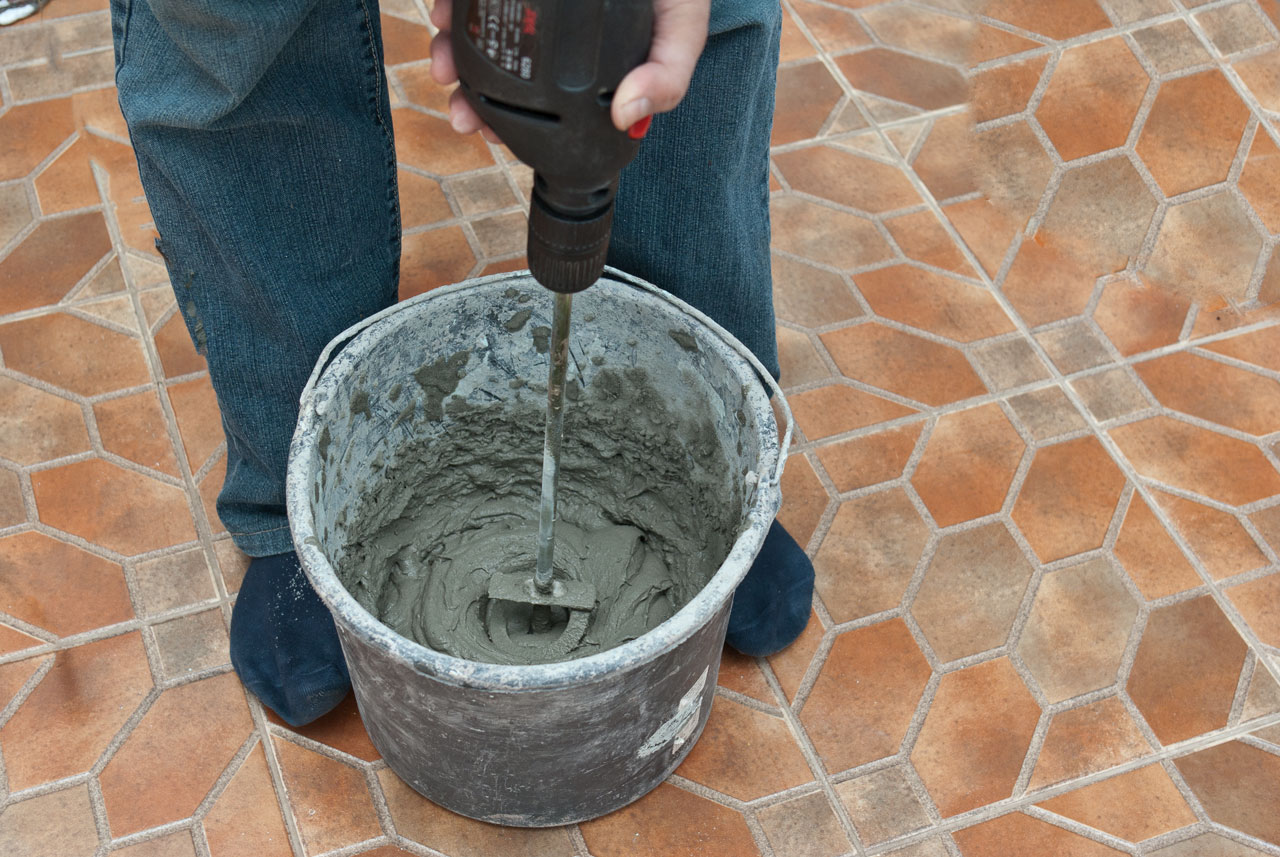
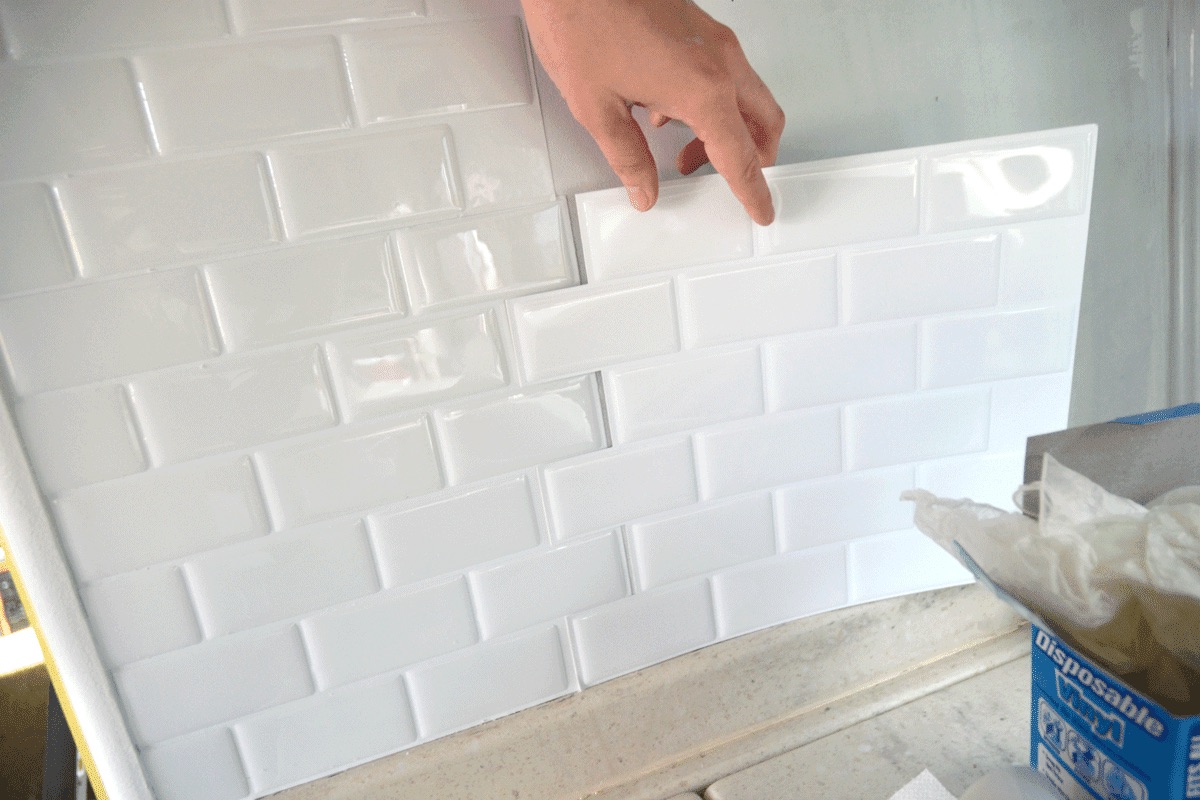
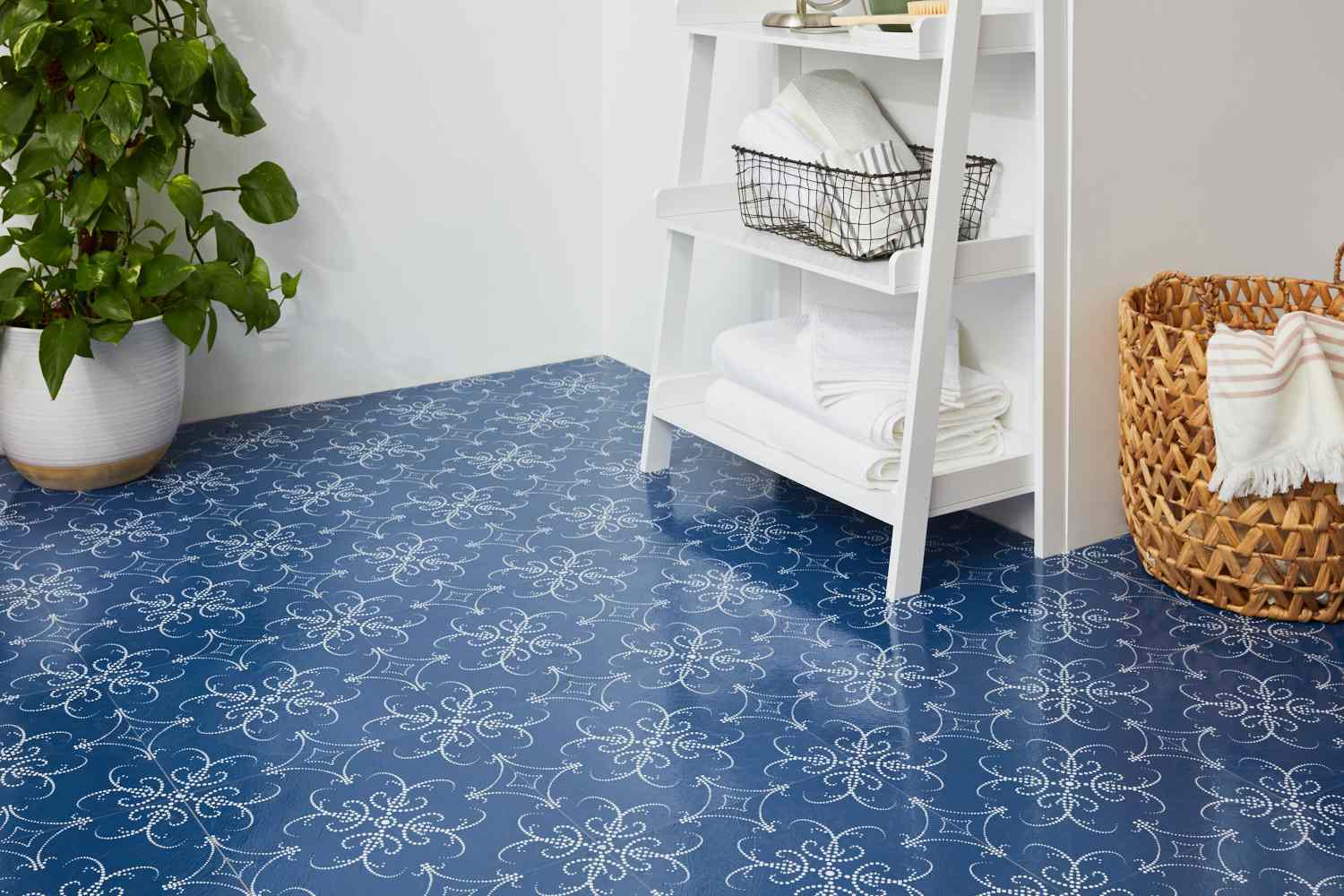
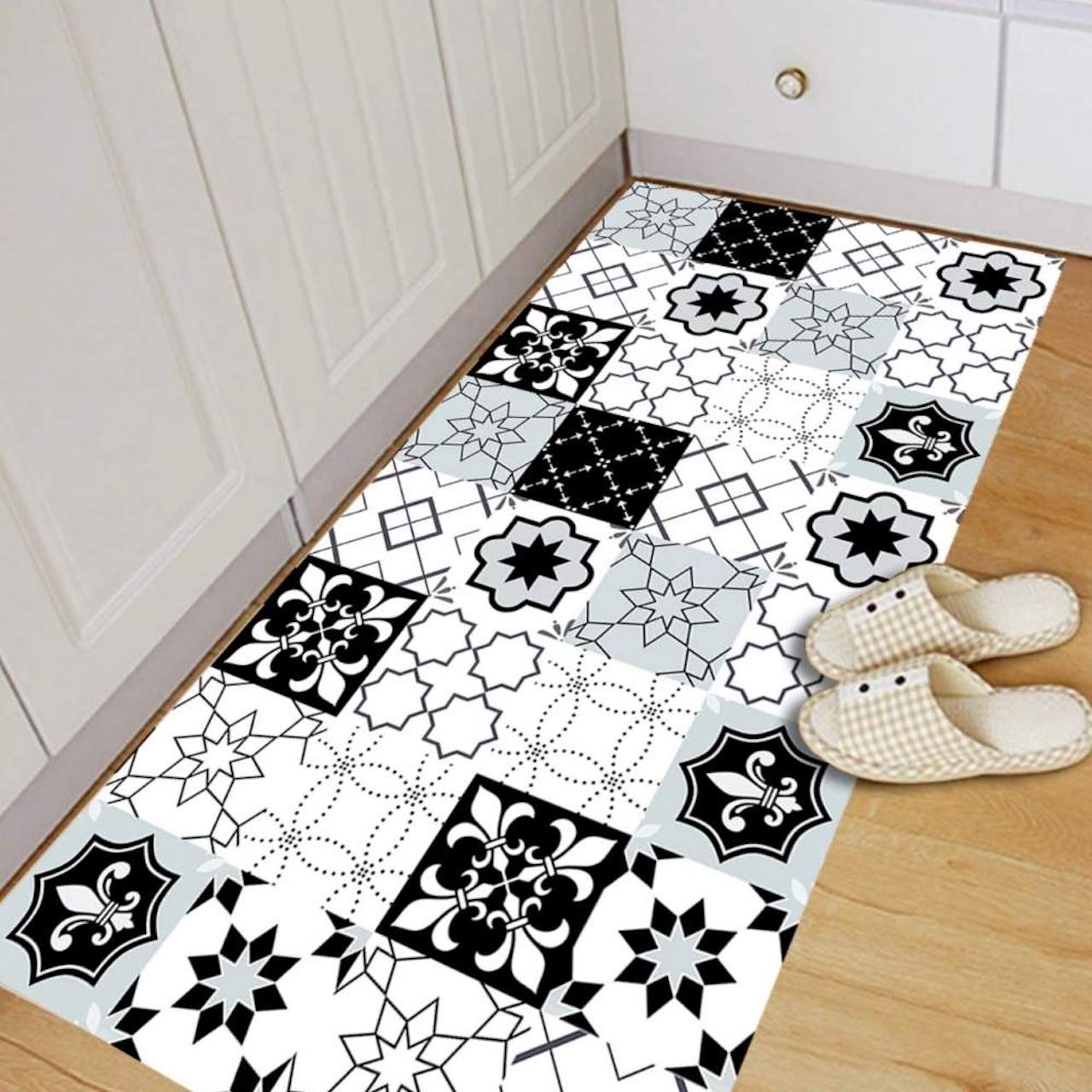
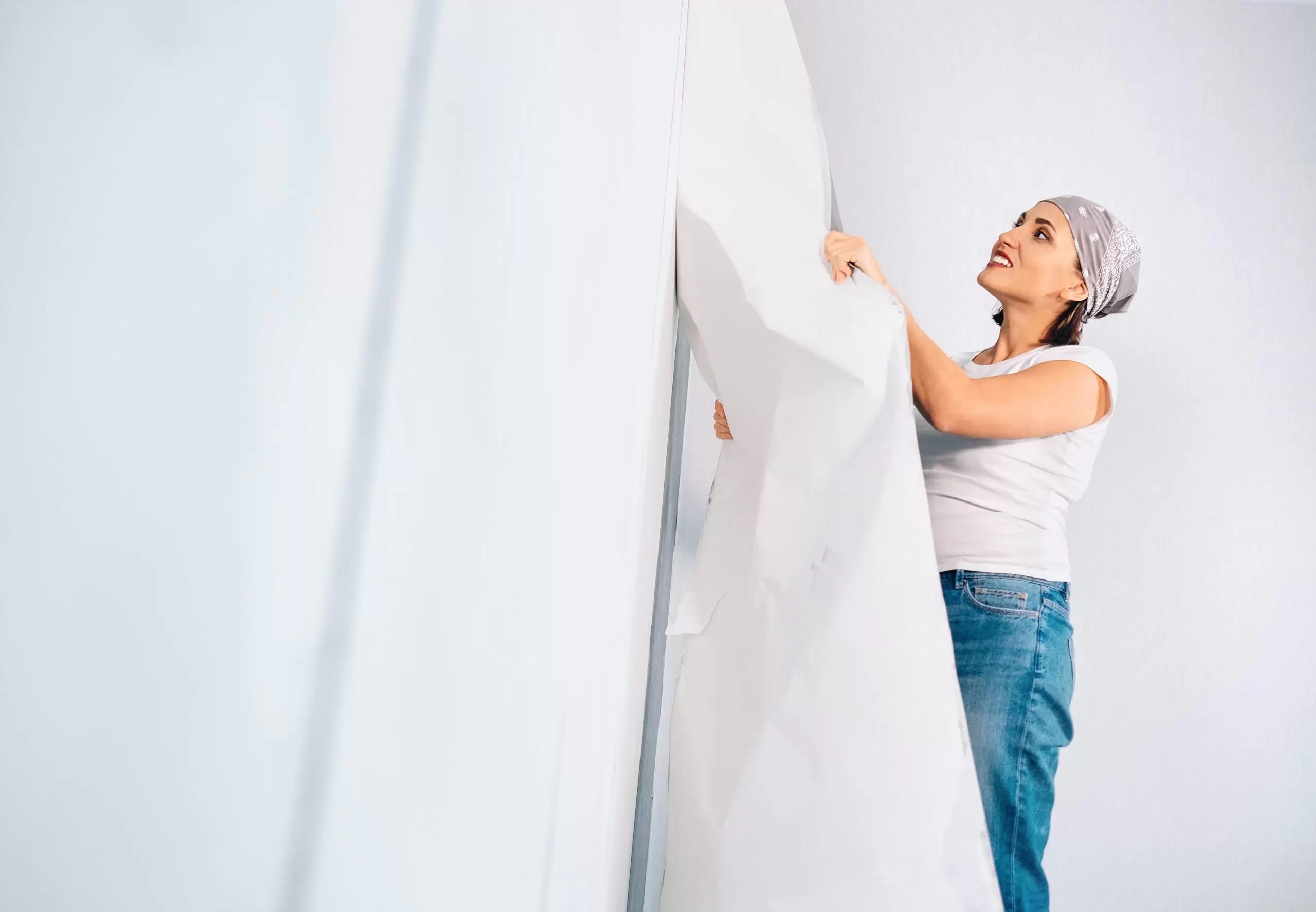
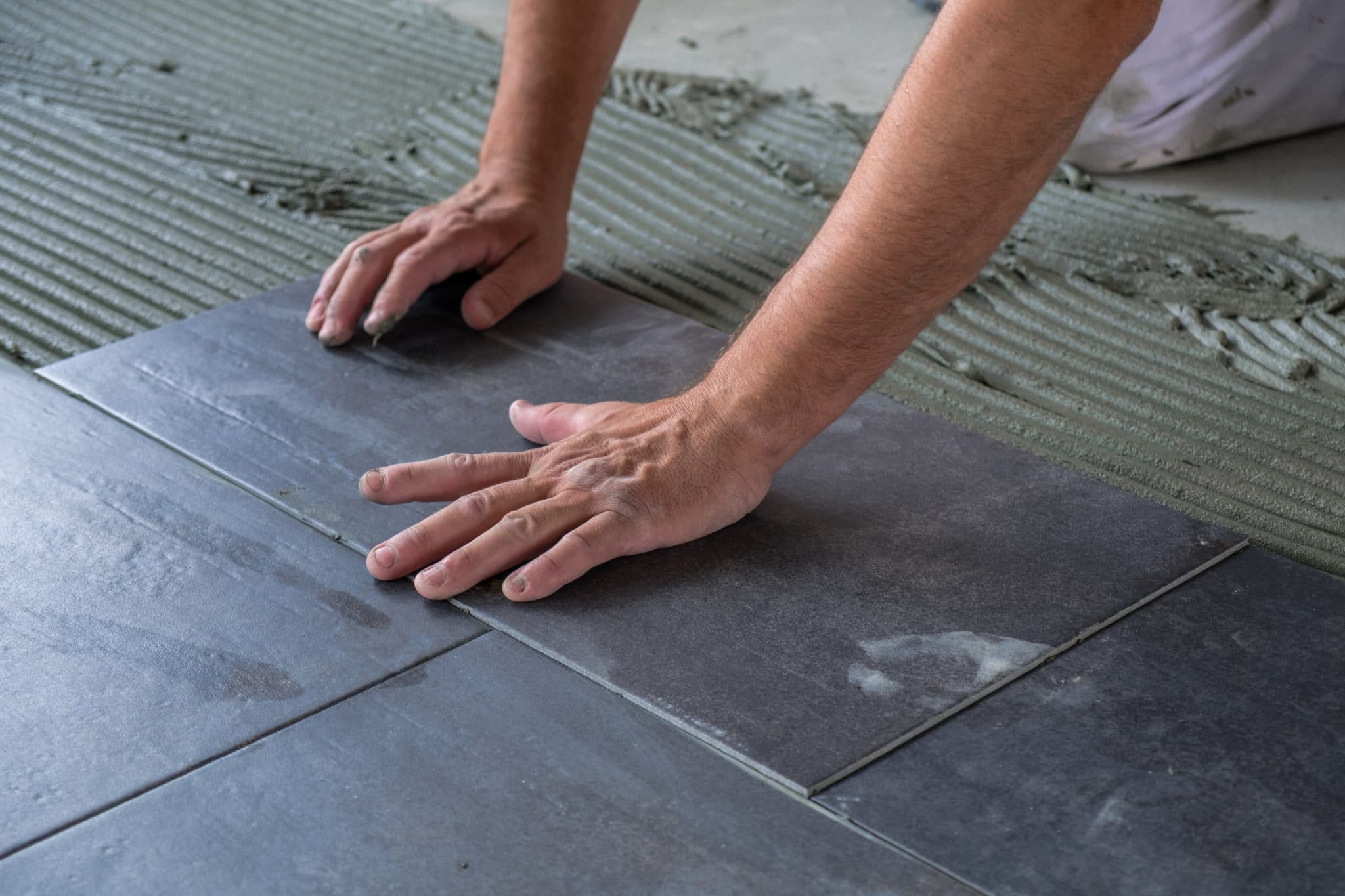
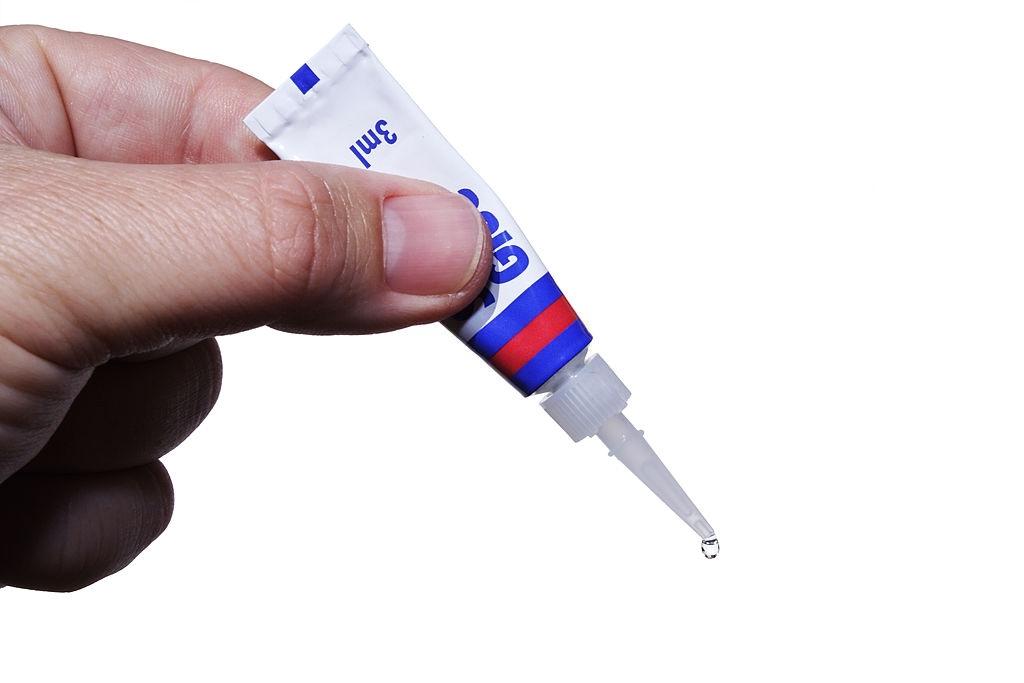
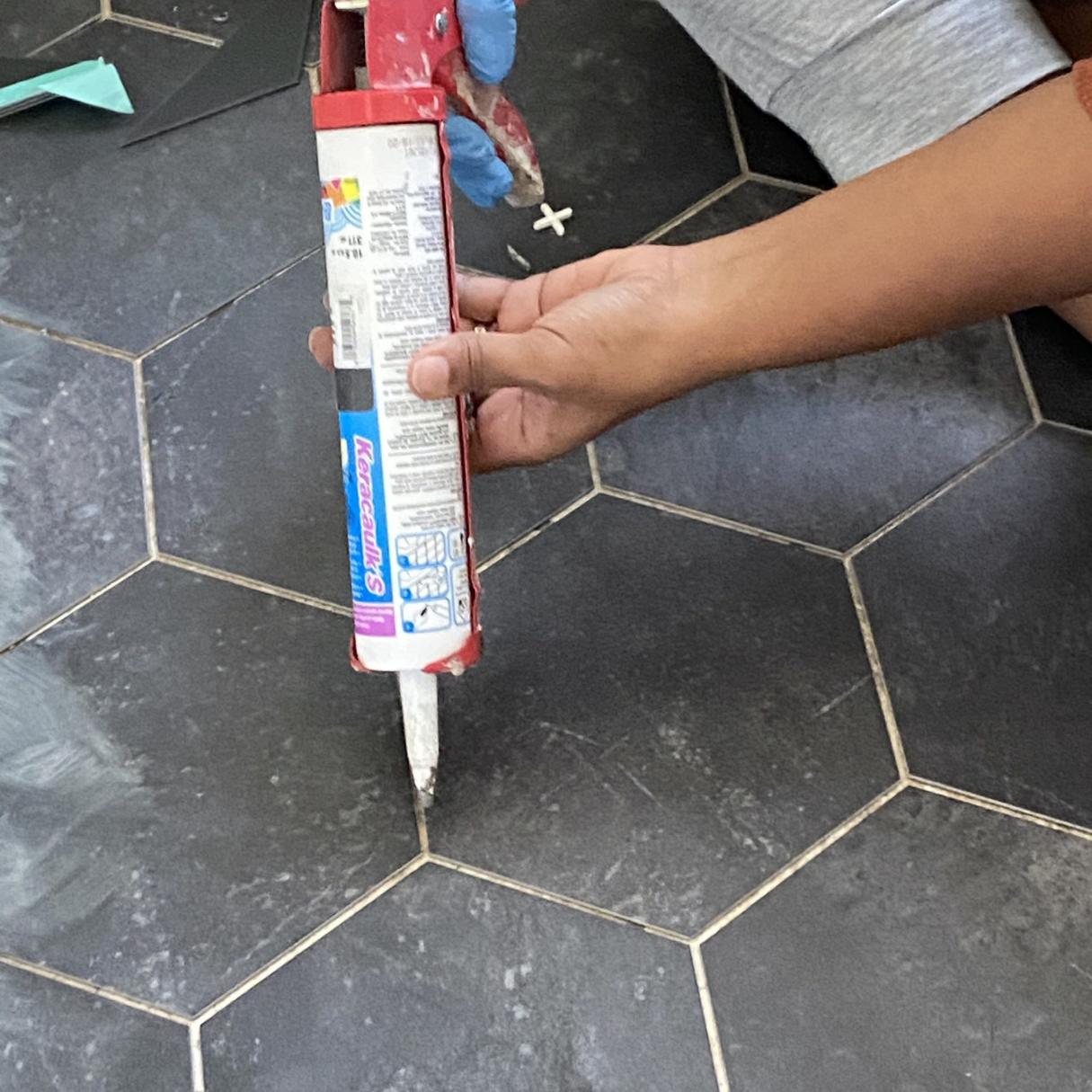
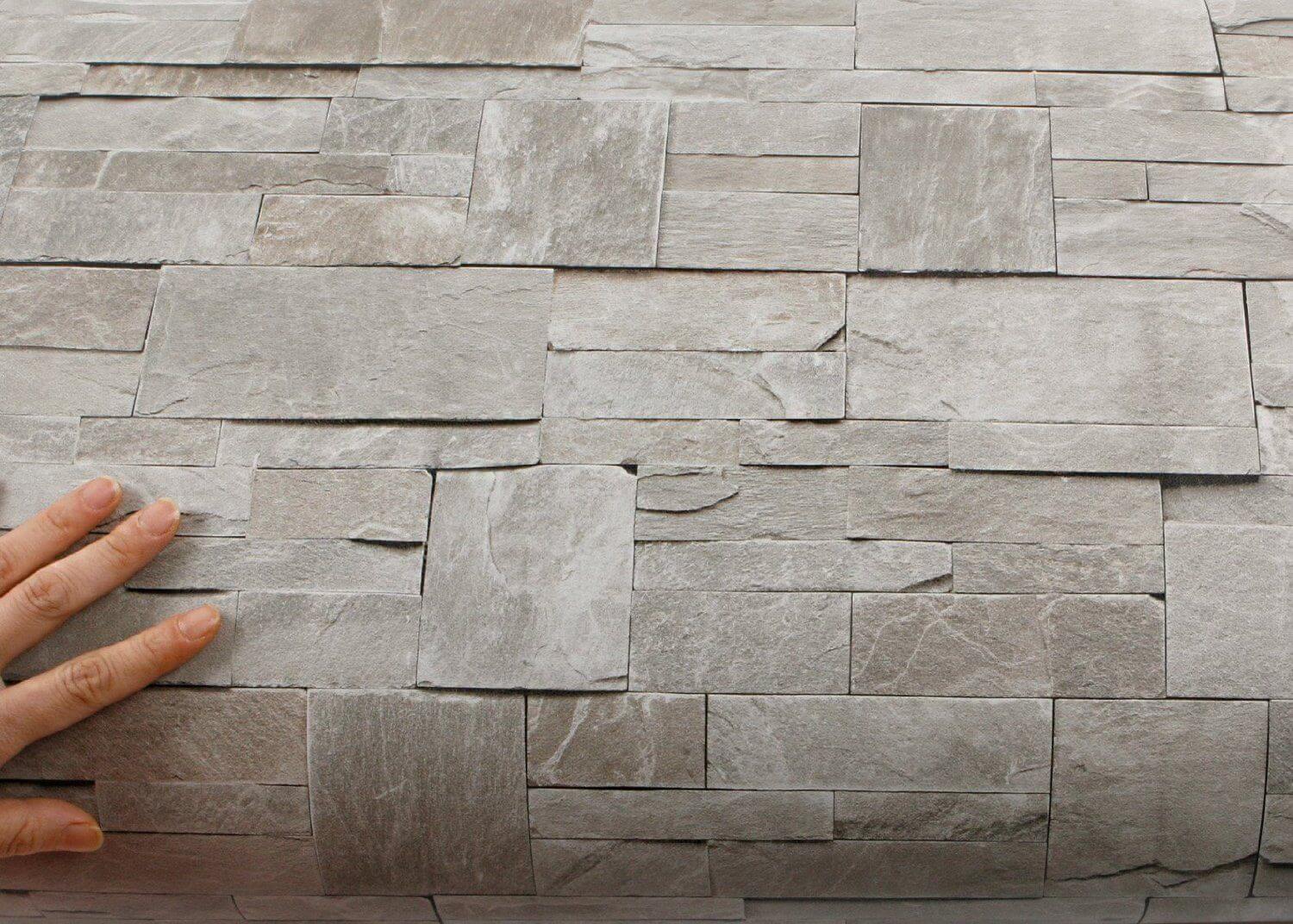
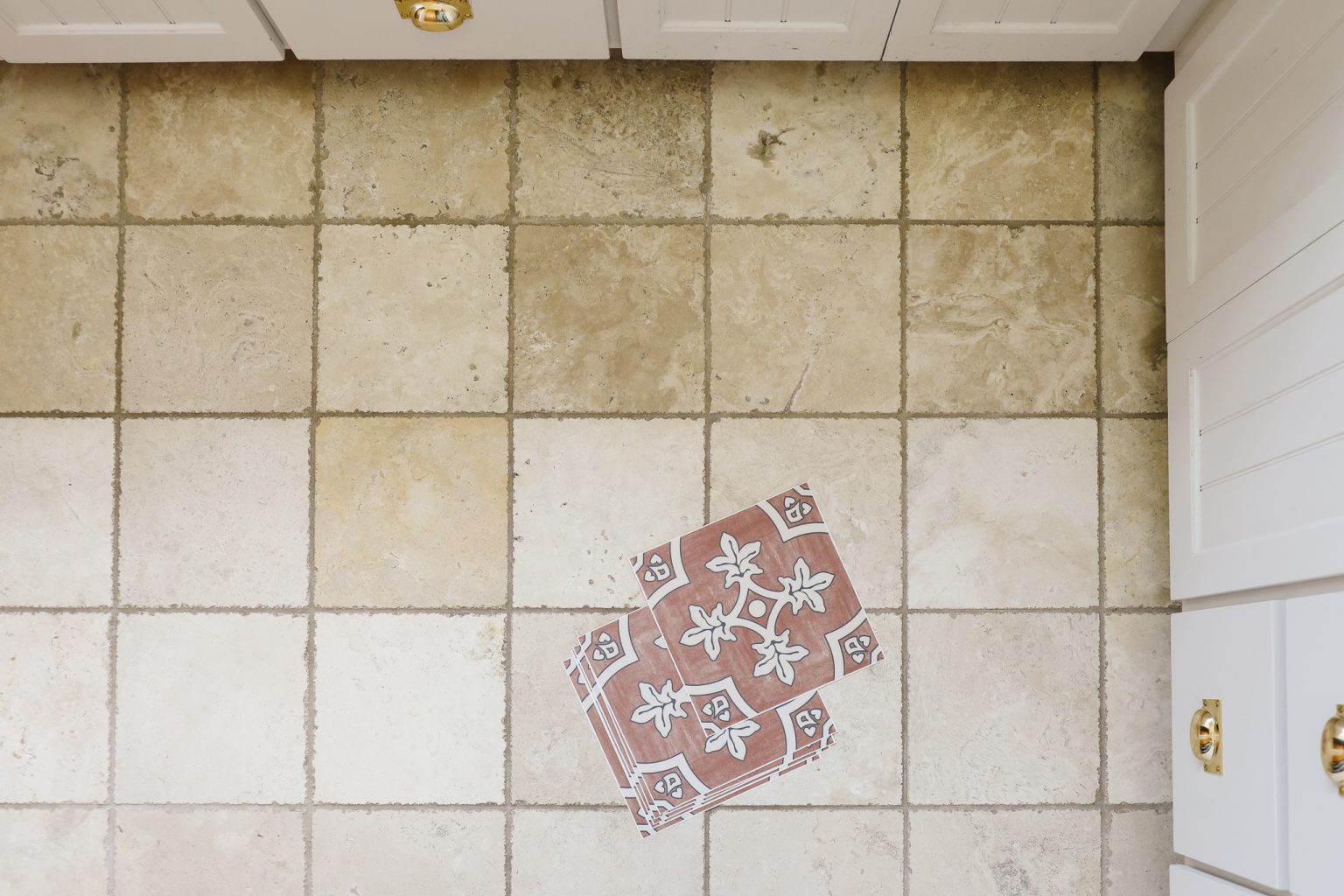
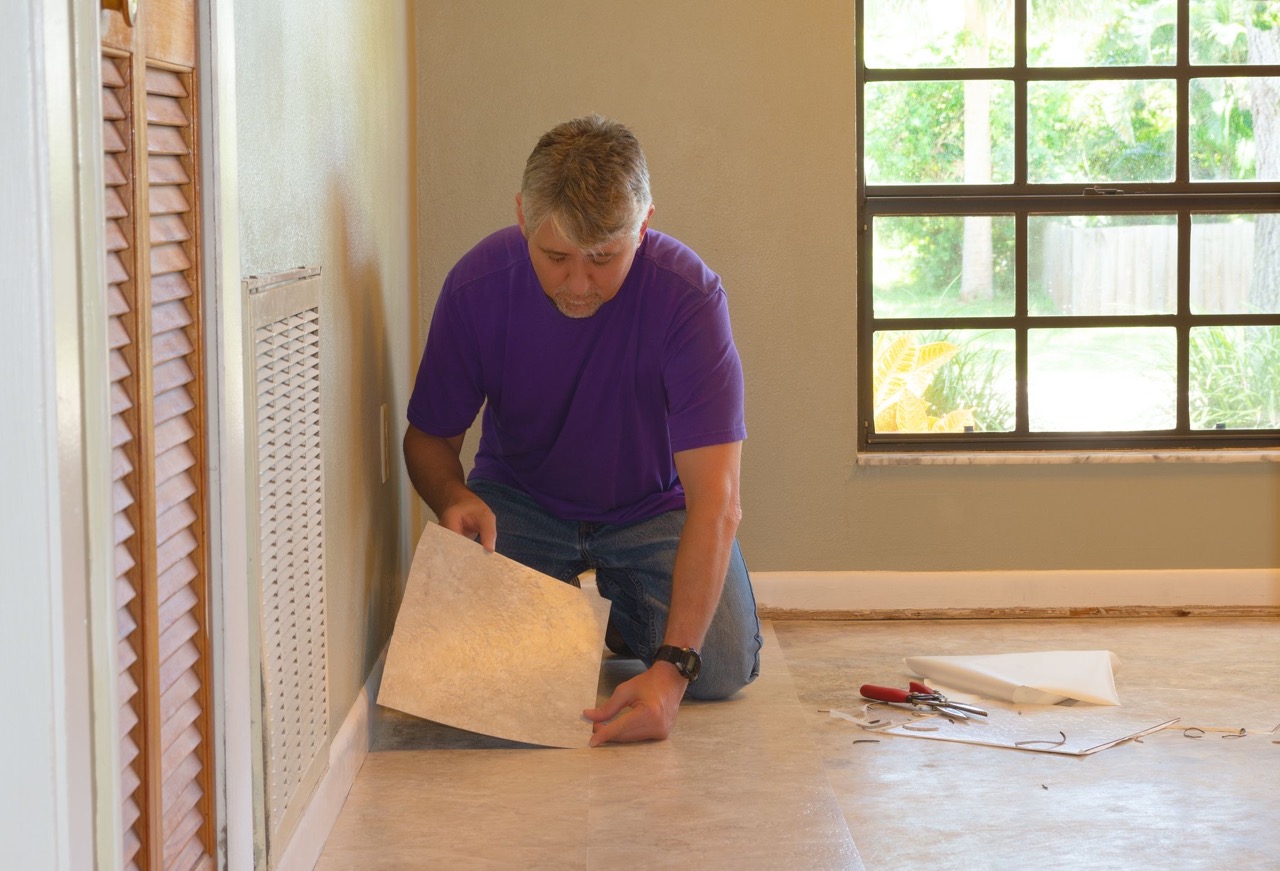
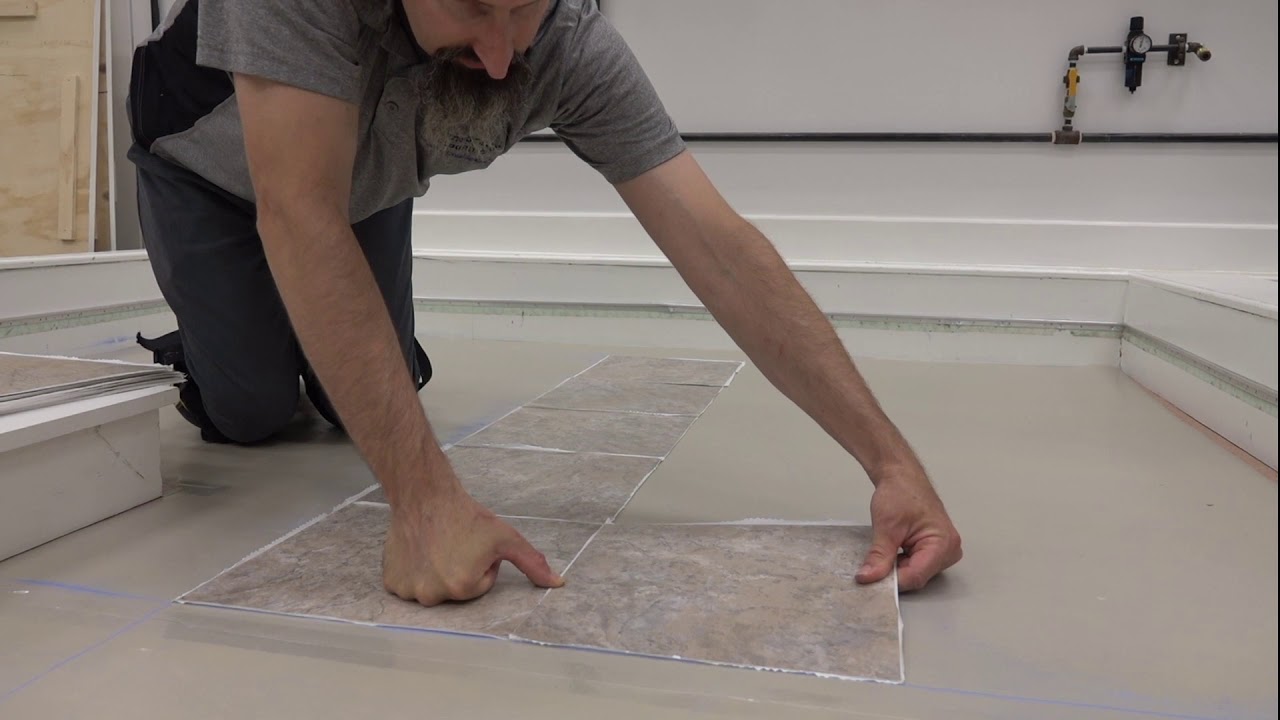
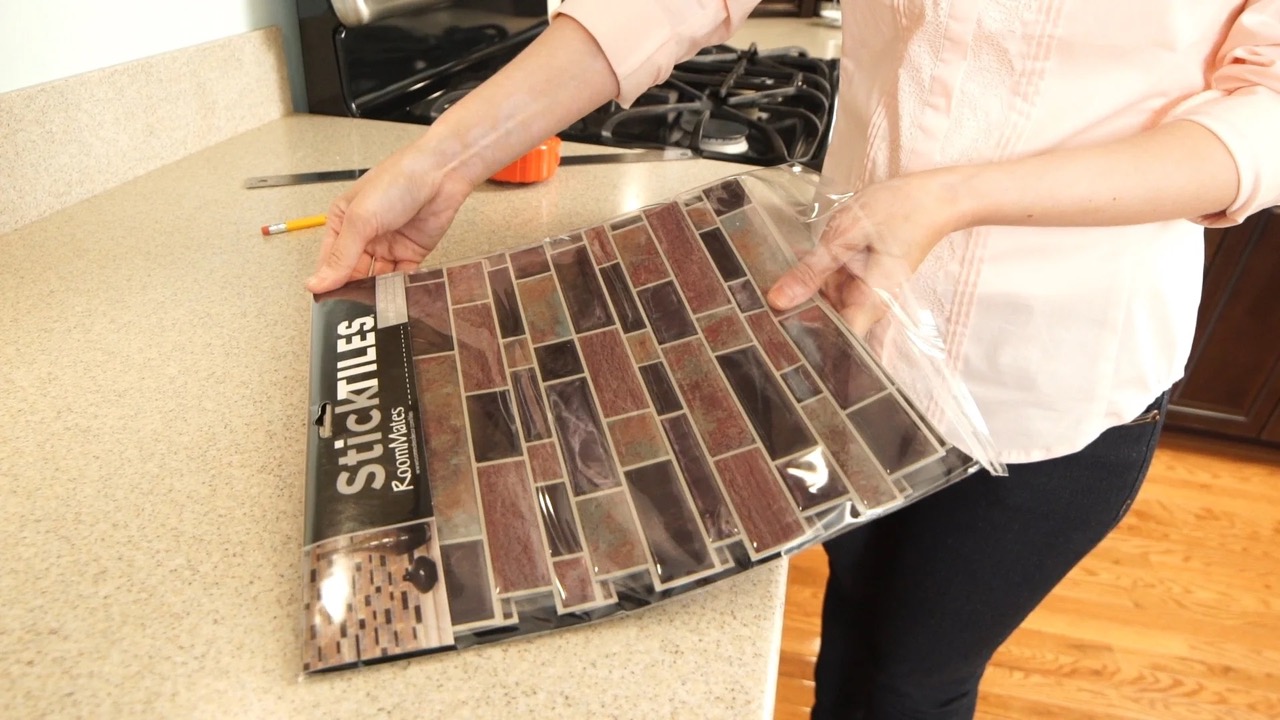

0 thoughts on “What Kind Of Adhesive To Use For Peel-And-Stick Tiles”